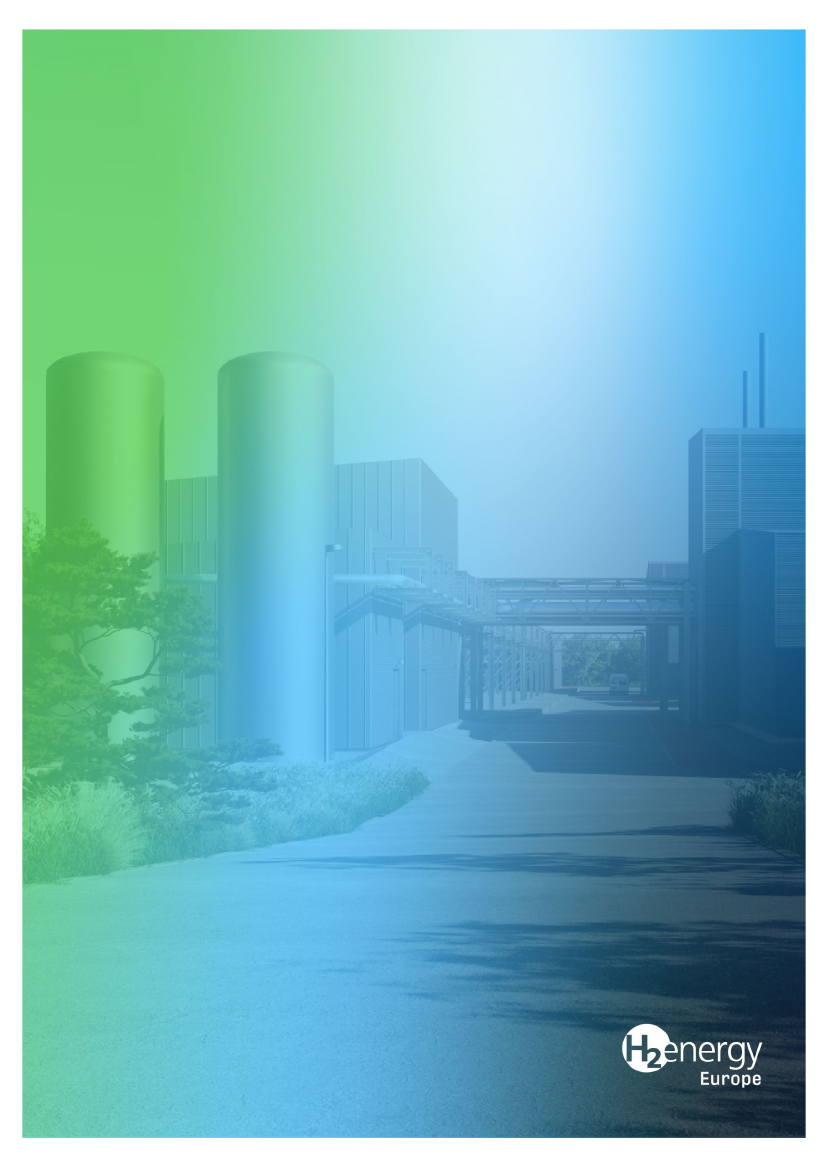
OVERCOMING THE
RENEWABLE ENERGY
STALEMATE IN DENMARK:
Unlocking Denmark’s renewable energy potential through
the lower 7 hydrogen pipeline infrastructure anchored by
Njordkraft
23 September 2024
H2 Energy Esbjerg APS
Borgergade 38, 1. 6700 Esbjerg, Denmark